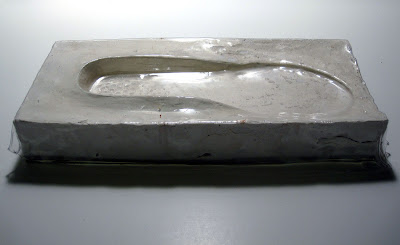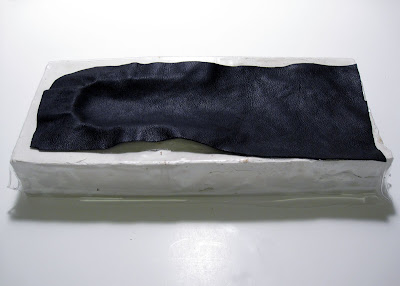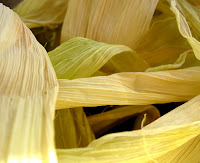Thick Fiber and Corn Hair
Today I cast another inner-sole with the ticker batch of fibers and the hair that you find when you peel off the husk. In this cast I used half of the amount of Corn Husk by Weight making it 12g of fiber to 131g of rubber and Im using a 44grade stiffness of rubber (slightly more flexible then the last batches and a clearish yellow tint).
Below are picture of the casting process.
Cover the plaster mold with Vacu-Formed PETG Plastic insert.
Weighed out the Rubber and the Corn Fiber (the hair is ground up inside)
Added the two together and mixed for 5 minutes.
I distributed the mixture in the mold as well as I can to the final shape.
I add the precut leather piece on top of the uncured rubber mixture and tap it down lightly.
Then I add the second Vacu-Formed plate made from the upper portion of the Mold. (This presses the leather tight so there are no creases.
Finally I add the top half of the plaster mold and stack a bunch of books on top and leave it for 24 hours.



































